Calosoma (Carabomorphus) catenatum Roeschke, 1899
catenatum and masaicum are both characterized by the disappearance of striation of elytra at the area of the basal pedicle, but catenatum is further characterized by the aedeagus with elongated apex, thin and curved. Instead, the inner armature of the penis is quite similar to masaicum as it has an elongated ligule with an apex laterally compressed and curved in the shape of crest.
Both species have some populations where the sculpture of the elytra has the intervals of the same width and height ("homodyname" sculpture) as well as other populations where the intervals on the elytra are unequal ("eterodiname" sculpture) , until you get to specimens with elytra smooth with only large foveae.
In fact, the various populations of catenatum and masaicum are distinguishable only by examination of male genitalia.
Regarding catenatum, we can distinguish the population at relatively lower levels with the sculpture of the elytra quite regular (catenatum kenycola) from the population at higher altitudes with the sculpture of the elytra variously modified. (catenatum catenatum)
Calosoma (Carabomorphus) catenatum kenycola Jeannel, 1940
Carabomorphus kenycola Jeannel, 1940: 158 (type locality: prairies entre les rivières Amboni et Narèmuru); holotype ♂ in Muséum National d'Histoire Naturelle, Paris [examined]
Carabomorphus catenatus ssp. meruensis Jeannel, 1940:159 (type locality: env. Meru, Mbagoris); holotype ♂ in British Museum of Natural History, London
Carabomorphus catenatus ssp. kenycola Basilewsky, 1967:
Length 20-30 mm. It is found on the north-eastern and north-western slopes of Mount Kenya, at relatively medium altitude, around 2000-2800m.
Jeannel (1940: 158) described kenycola from the meadows between Mount Aberdare and Mount Kenya as a distinct species, and catenatus meruensis from a locality near Meru on the opposite western slopes of the same Mount Kenya.
Both these populations have a sculpture with equal and regular intervals but on the unique specimen on which the description of meruensis is based, the primary intervals are fragmented into tubercles throughout their length.
Originally Jeannel attributed the two populations to two distinc species, on the base of slight differences of the form of penis and the apex of the ligule, but subsequently Basilewsky (1967: 339) reviewed the question and considered also kenycola as a subspecies of catenatum .
So also in the case of catenatum seems to be verified the hypothesis that links the variation of the sculpture of elytra to the succession of the altitudinal belts.
Examined specimens and literature’s data
Kenya. Mt. Kenya S.W. slopes: prairies entre les rivières Amboni et Narèmuru 1900 2200m (holotype of kenycola, MNHN; RMCA); Mt. Kenya N. slopes: Sirimon track, 2100-2550m (RMCA), Plateau de Laikipia (Jeannel, 1940:158), Samburu Game Lodge (MHNG); Mt. Kenya E. slopes: Meru env. 1700m. (type meruensis, Jeannel, 1940:159).
Notes: Rear wings reduced to stumps. The few recorded catches were made in July and August in the period between the long and short rains.
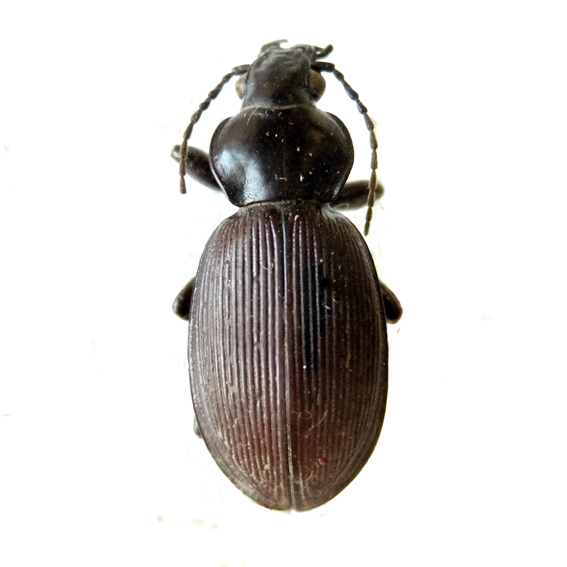 Jeannel, 1940 Kenya, Mt. Kenya, prairies entre les rivières Amboni et Narèmuru, prateries découvertes 1900 2200m, Alluaud er Jeannel (type of Carabomorphus kenycola); (coll. Muséum National d'Histoire Naturelle, Paris) |
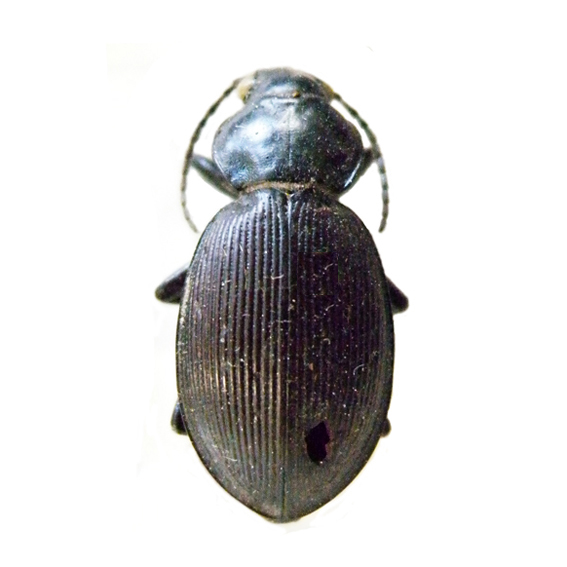 Jeannel, 1940 Kenya, Mt. Kenya, prairies entre les rivières Amboni et Narèmuru, prateries découvertes 1900 2200m, Alluaud er Jeannel (coll. Muséum National d'Histoire Naturelle, Paris) |
 Jeannel, 1940 Kenya, Mt. Kenya (North), Sirimon track 2550m, 12.8.75, Dall’Asta (sub catenatus meruensis) (coll. Musée Royal de l'Afrique Central, Tervuren) |
 Jeannel, 1940 Kenya, Mt. Kenya (North), Sirimon track 2550m, 12.8.75, Dall’Asta (sub catenatus meruensis) (coll. Musée Royal de l'Afrique Central, Tervuren) |
Calosoma (Carabomorphus) catenatum catenatum Roeschke, 1899
Carabomorphus catenatus Roeschke, 1899:357 (type locality: mt. Kenya); syntype ♂ in Naturalis Biodiversity Centre, Leiden (de Boer, 202: 38)
Carabomorphus catenatus ssp. Kolbi Roeschke, 1899: 358 (type locality: Kenya); neotype ♂ in Musée Royal de l'Afrique Central, Tervuren [examined]
Carabomorphus catenatus ssp. Bastinelleri Roeschke, 1899: 358 (type locality: mt. Kenya); syntype ♂ in Naturalis Biodiversity Centre, Leiden (de Boer, 202: 32)
Calosoma (Carabomorphus) brachycerum ssp. catenatum Breuning, 1928: 135
Carabomorphus (Carabomorphus) catenatus Lapouge, 1932: 396
Carabomorphus catenatus ssp. jabbalae Basilewsky, 1967: (type localit: Mt. Kenya); holotype ♂ Musée Royal de l'Afrique Central, Tervuren [examined]
Length 20-25 mm. The populations at higher altitudes (from 3000 up to 4100m) are of slightly reduced size, sometimes of squat forms and always with a more evoluted sculpture of the elytra.
In these populations the secondary intervals remain as continuous ribs, the tertiary ones are reduced or disappear altogether; the primary intervals are fragmented into large tubercles (catenatum), more or less confluent (kolbi). In some case, towards the upper limit where the species can live, also the primary intervals disappear, along with the secondary ones, and they only are indicated by series of large foveae (bastinelleri, jabbalae).
Examined specimens and literature’s data
Kenya. Mt. Kenya 3000-3500 m (AC; MNHN; neotype kolbi RMCA); Mt. Kenya N.E. slopes: Kazità track 3350 m (sub bastinelleri, RMCA), Kazità West valley 3810 m (holotype jabbalae RMCA); Mt Kenya N. slopes: Mackinder valley 3950m (www.inaturalist.org), Sirimon track, 3150m (sub kolbi, Basilewsky, 1977: 682), Ngare Ndare forest 2250m. (www.inaturalist.org) ; Mt. Kenya E. slopes: Chogoria Route 3000 m (PS), Nithi falls, 3450 m (TL), S.E. Chogoria Gate 2700m. (www.inaturalist.org); Mt Kenya, Lake Ellis 3450m. (SB).
Notes: Rear wings reduced to stumps. Adults appear to be active most of the year but have mainly been observed in the period between the long and short rains from August to October.
 Roeschke 1899 (comp with type) unreadable label (coll. Musée Royal de l'Afrique Central, Tervuren) |
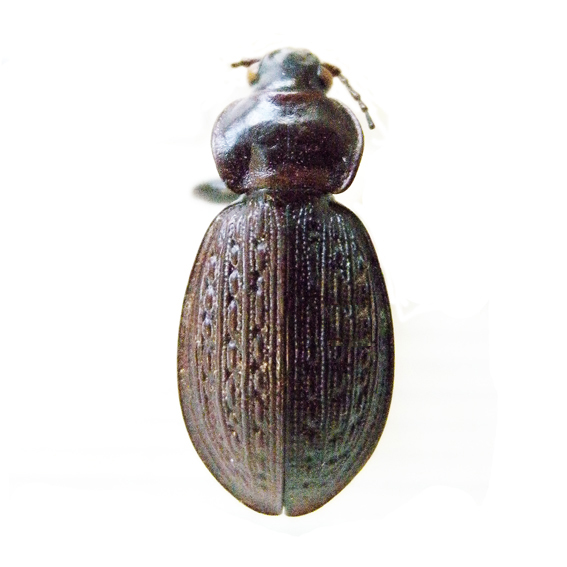 Roeschke 1899 Mt. Kenya, Africa, XI.23, Arthur (coll. Muséum National d'Histoire Naturelle, Paris) |
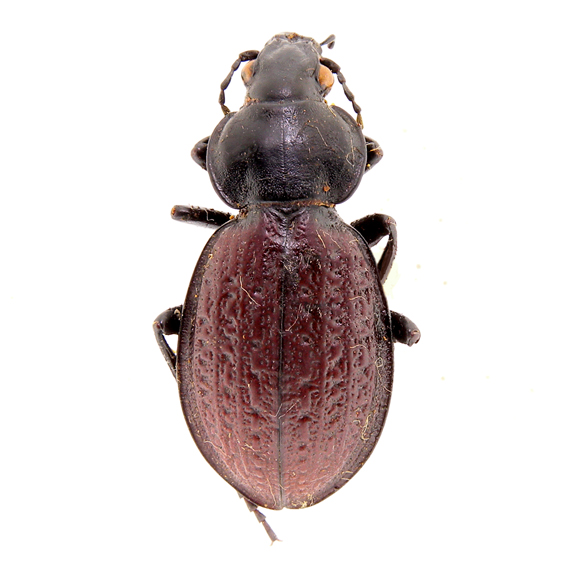 Roeschke 1899 Kenya: Mt. Kenya 3300m (coll. A. Casale) |
 Roeschke 1899 Mt Kenya 10500ft, January, 1944, Mrs Bally (neotype ssp. Kolbi Roeschke) (coll. Musée Royal de l'Afrique Central, Tervuren) |
 Roeschke 1899 Kenya: Mt. Kenya East 3000m, X.02, W. Freund leg. (Museum König, Bonn) |
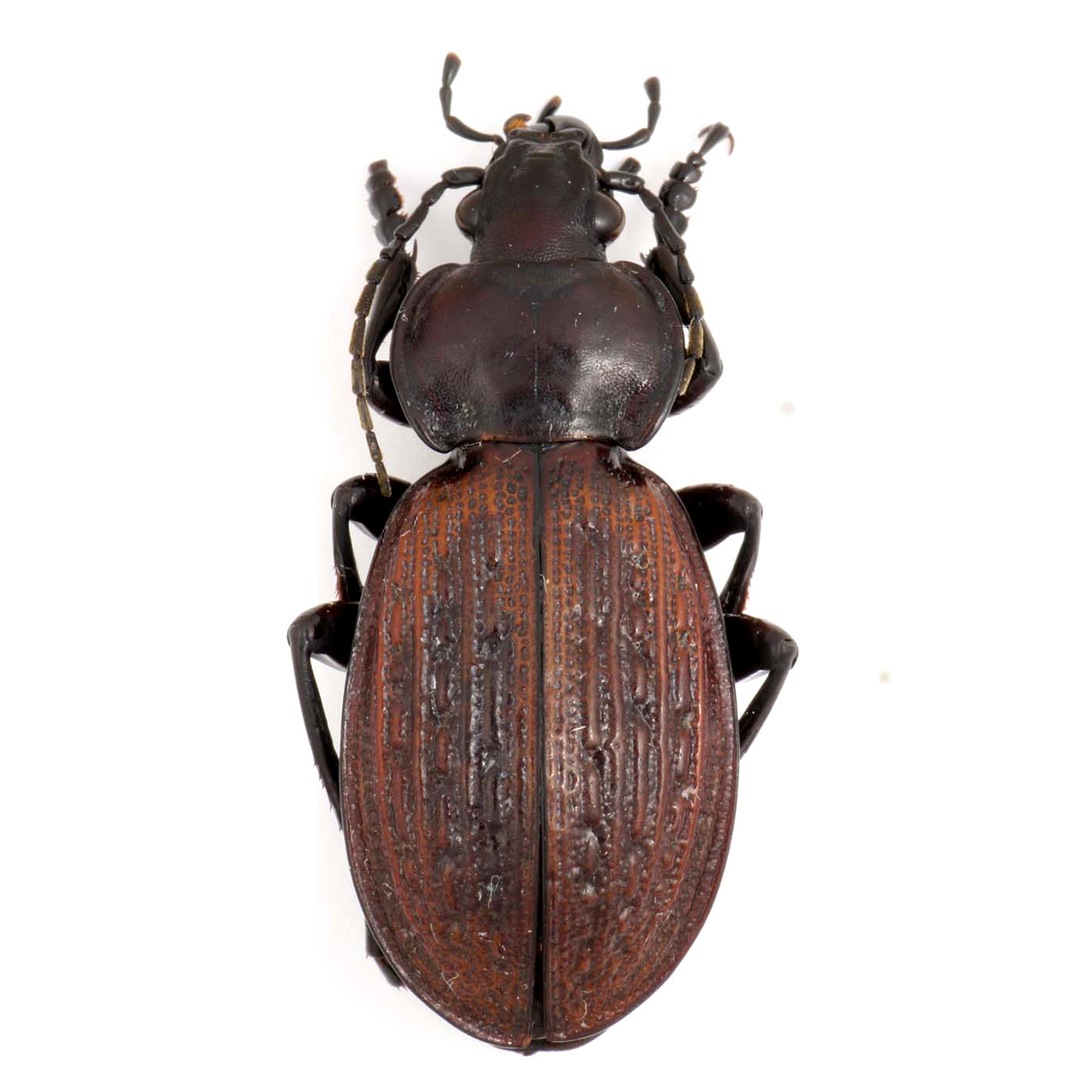 Roeschke 1899 Kenya: Mt. Kenya, Chogora Rt., 3000m, 4.X.01, Th. Wagner leg. (coll. P. Schüle) |
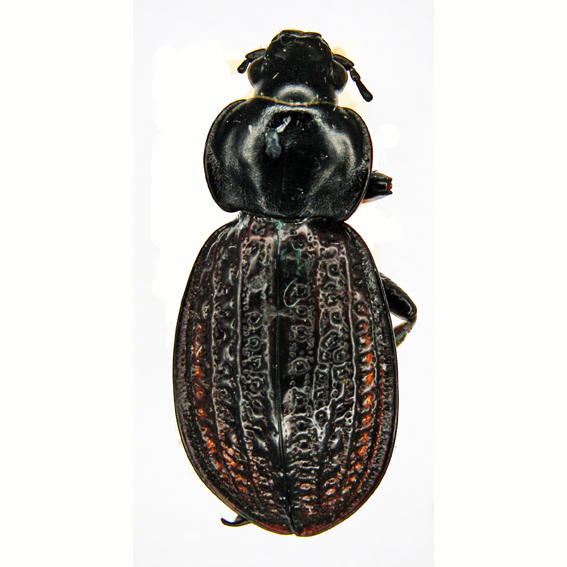 Roeschke 1899 Mt Kenya 11.000ft, Kazità track, IV 1966 Miss I. Jabbal (sub Bastinelleri, Musée Royal de l'Afrique Central, Tervuren) |
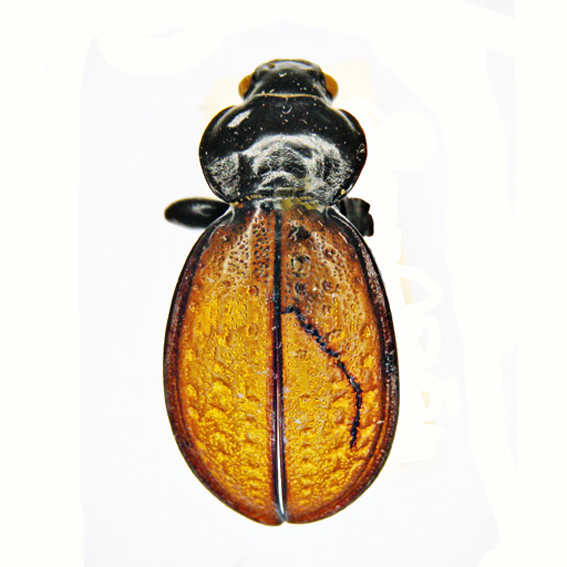 Roeschke 1899 Mt Kenya 12.500ft, Kazità west valley, 28.IV 1966 Miss I. Jabbal (holotype ssp. jabbalae Basilewsky) (coll. Musée Royal de l'Afrique Central, Tervuren) |